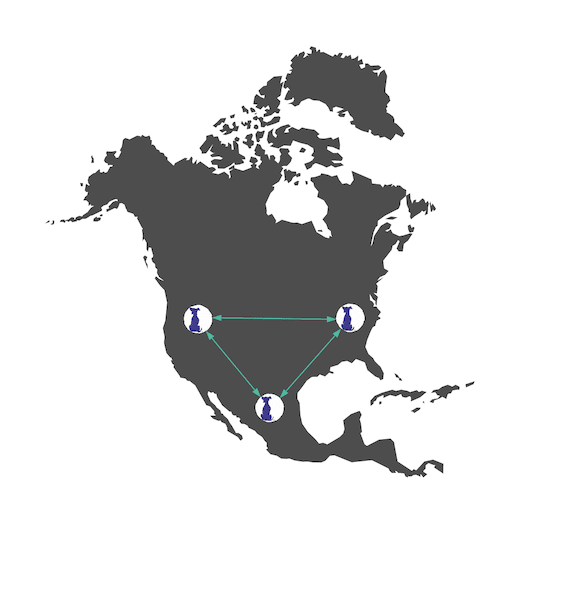Let's talk geo-redundancy! Ever heard of it? There are many benefits to redundancy, and it is important for IT teams and general organizations to utilize/implement redundancy methodologies as a safety net. Having these systems in place can improve reliability and availability while reducing downtime. This is because there are certain variables that businesses rely on that are not guaranteed and therefore might need a backup plan. For example; Internet, hardware, power, and/or data storage. Many of these variables can affect a large area. They may not happen often, but one power failure that takes your application offline is one too many. Geo redundancy can reduce or remove these risks, and better prepare organizations to handle disaster recovery.
As the name implies, geo-redundancy refers to the practice of providing redundancy (extra or duplicates) through physically separating infrastructure across multiple geographical locations, and because I work for a database company, I will be discussing it in relation to databases.
Geo redundancy is a powerful (and somewhat magical) force that ensures high availability and disaster recovery. It will replicate your data and store it in other databases located in separate physical locations. It does this so that if a location fails or simply needs to be taken offline, your other location, which also stores your data, will not be affected.
Geo redundancy is super easy to implement in HarperDB through its clustering engine, which replicates data between instances of HarperDB using a highly performant, bi-directional pub/sub-model. The first step is to install HarperDB in multiple geographical locations. A single instance/installation of HarperDB constitutes a node. Once HarperDB node subscriptions are configured via the API they establish a WebSocket connection between each other to replicate data. When two or more nodes are subscribed to each other you have a cluster. Depending on how the nodes were subscribed to each other, a transaction on one node can automatically be published to another. And there you have it, the start of geo-redundancy!
In this case, HarperDB provides a “backup plan” to ensure that your organization is prepared for even the most unpredictable outcomes. The term redundancy means “too much” or “more than is needed.” This of course is not necessary or helpful in all situations of life or business, but when it comes to the world of data, IT, and engineering, you can bet your bottom dollar that you will regret not having a redundancy plan in place. If you fear that implementing redundancy is a waste of time, just think, what would happen if you lost your data? HarperDB enables you to implement geo-redundancy in a simple and cost-effective manner, and you can now sleep easy knowing your data is safely stored across the globe.




















